The enamel that covers our teeth is amaterialamazing. It is the hardest part of our body and allows our teeth to continue to fulfill their role, despite the acid aggressions and the strong temperature variations to which it can be subjected. This thanks to a highly organized structure. Unfortunately, in case of loss, the enamel does not regenerate. And it can hurt…
But now researchers at Queen Mary’s School of Engineering and Material Science may have found a solution, with a process capable of delivering remarkably ordered materials that behave like the enamel in our teeth. What, they hope, will help solve the problems of cavities or even dental hypersensitivity Apatite nanocrystals.
Beyond enamel, the researchers believe that controlling the mineralization process in this way opens up the possibility of creating materials with properties that mimic different hard tissues (bone,dentine, etc.).
The study also provides insight into the impact of dysfunctions at the level ofproteinin human physiology and pathologies.
The cause: poor dental hygiene (diet too rich insugars, acidic drinks, etc.). The first phase of these lesions very often results from demineralization of the enamel, due to the dissolution of the crystalline structures of the tooth. THEbacteriapresent in the mouth metabolize food debris and produce acidic secretions, degrading the enamel. If the bacterial populations become too numerous, demineralization begins.
Researchers at the University of Washington have succeeded in developing an innovative treatment by reproducing the natural process of tooth formation. Ameloblasts, cells specialized in the production of enamel, secrete proteins, including amelogenin.
But their work stops there: once the growth of the tooth is complete, the ameloblasts die and can therefore no longer reform enamel again . In their study, published in the journal ACS Biomaterials Science and Engineering , the researchers deposited peptides, in fact fragments of amelogenin, on the tooth to make a new layer of enamel.
Several groups were tested by the study, receivingfluorinemore or less dosed, calcium phosphate or a combination of fluorine and peptides. The only product to have led to the formation of a sufficiently thick (at least 10 μm) and dense layer capable of replacing the real enamel is that based on peptides alone.
A technique limited to superficial lesions
However, the technique has so far only been tested in the laboratory. Its relevance to patients therefore remains to be validated. It will also be limited to superficial lesions, because when the dentin located under the tooth enamel is affected, it is too late. On the other hand, one can perfectly imagine integrating this product into a toothpaste as a preventive measure.
In the meantime, we can fall back on commercial fluoride toothpastes .
But with a concentration limited to 1,500ppm, their remineralizing power is very low. They only serve to prevent cavities that have not yet appeared. In 2014, the Unilever brand launched a toothpaste called Regenerate, supposed to “rebuild 82% of tooth enamel” . Made ofsilicateof calcium combined with phosphate ofsodium, it recreates a protective layer on the teeth but does not really replace real enamel, like that produced by ameloblasts.


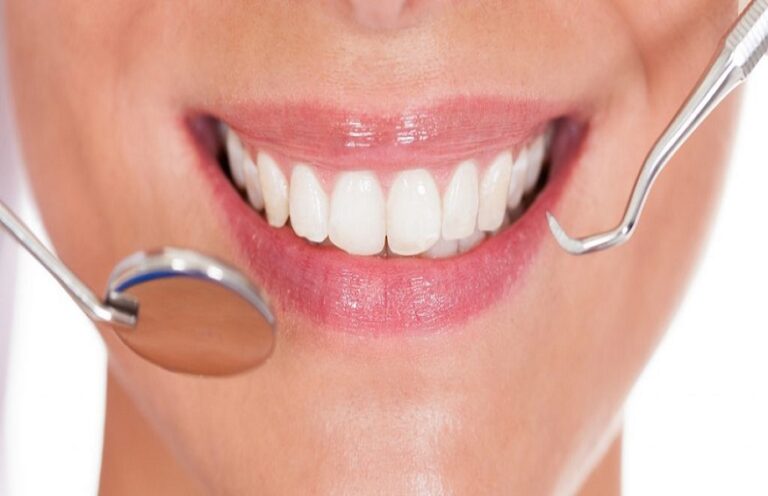


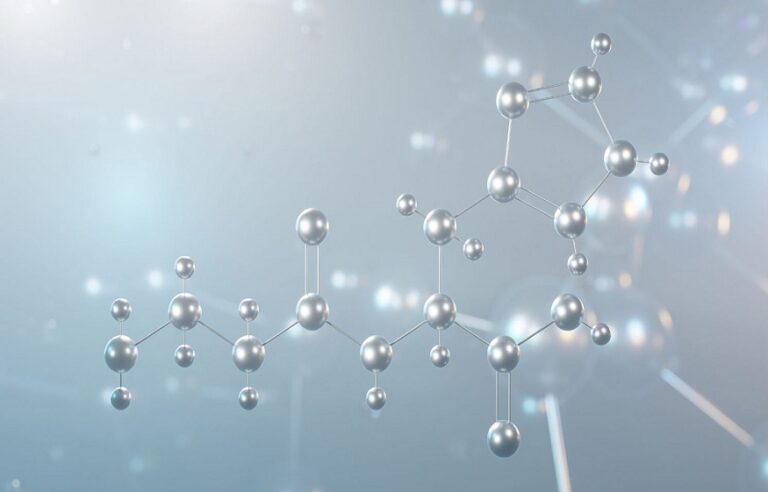
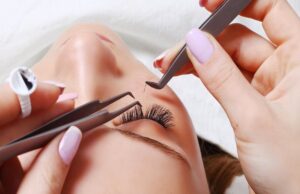
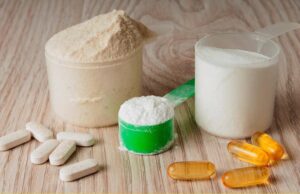




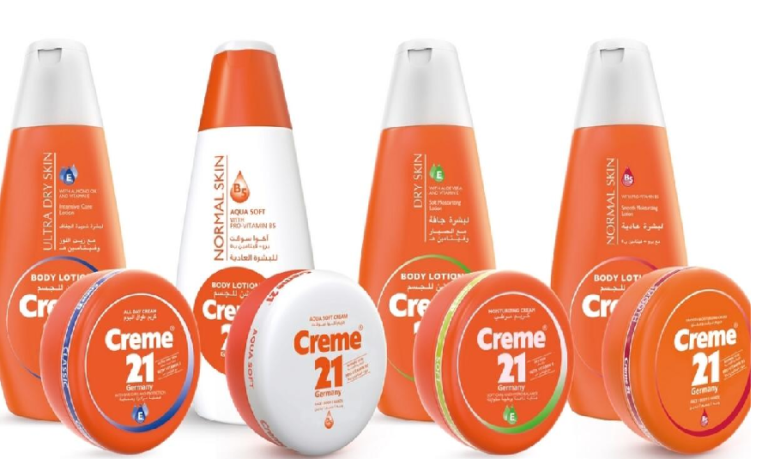
+ There are no comments
Add yours